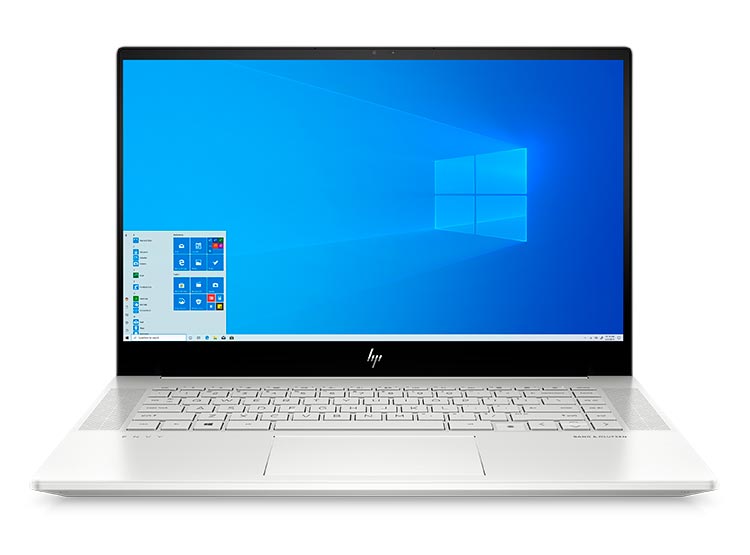

The nbviewer web site is another option for sharing notebooks.
NOTEBOOK ONLINE PDF
The resulting converted notebooks can be sent to others for viewing using whichever tool they prefer, like a web browser or PDF viewer. It can also execute a notebook from the command line, without a server running, but it isn’t intended for interactive use.
NOTEBOOK ONLINE SOFTWARE
Depending on which software packages are installed in the environment, notebooks can be rendered in html, PDF, LaTeX, and other formats. The nbconvert tool will convert a notebook into various output formats. Executed notebooks can be shared via a number of tools.
NOTEBOOK ONLINE CODE
This is a good way to share your code and output with others, and if they only want to view it, this is all they will need. You can just take the input json and convert it as whichever output you desire. So viewing a notebook is a lot easier than executing it, since you don’t need a kernel. Since a notebook file contains all the data from an interpreter session, it can be rendered into a human readable format to show that data, without re-executing the code. How you do you view a notebook?įirst, let’s separate the concept of viewing a notebook from actually executing it. You can also send it to others to open or use. You can open it in a text editor and save it via version control (although it’s not very clean and can be messy and hard to diff, especially for large outputs like images or graphs).

The notebook server persists the output in a file, ending in. When a cell is executed, the output from the kernel is captured. The server ensures that all user edits and actions are executed in the kernel. The cells can contain code or documentation, like markdown. However, nothing in this article requires that Python be the language of choice for the kernel.Ī user interacts with a notebook server (usually, but not always via a web browser as you’ll soon see) to edit cells in the notebook. Jupyter supports other languages, but for now, we’ll assume we’re talking about Python. The kernel is the process where the notebook runs, and each is independent of the other. As you can see in the architecture diagram below, the notebook server can communicate to multiple kernels. A notebook file is usually created via an interactive process by the author using a web application for authoring the notebook document. Since a cell can be executed multiple times in an interactive session, the notebook will contain the most recent execution and results. It contains cells that contain code or descriptive text, along with the output of executing the code. It’s essentially a captured interactive session with an interpreter. A notebook is a combination of code, documentation, and output. First, what is a notebook?īefore we look at the options, let’s review what a Jupyter notebook is.

The notebook ecosystem is expanding and there are a lot of options, so let’s dig in. It will also talk about some of the advantages and disadvantages of each. This article will cover four ways to run Jupyter notebooks. Jupyter notebooks are an increasingly popular way to write, execute, document, and share code and communicate the results, especially in the Python ecosystem.


 0 kommentar(er)
0 kommentar(er)
